Alternative and Limited Access During Construction at Park Entrance and Mansion
Visitors and vehicles may be temporarily rerouted and wheelchair access into the mansion may be unavailable during construction. Please call the visitor center for additional information if you use a mobility device or need accessible parking.
Marsh-Billings-Rockefeller National Historical Park is Cashless
Tours may be purchased online (recreation.gov) or in person with a credit or debit card only. Cash transactions are not available at the park.
| Title | Marsh - Billings - Rockefeller |
| Park Code | mabi |
| Description | Walk through one of Vermont's most beautiful landscapes under the shade of the Mount Tom Forest, the oldest continuously managed scientific forest in the United States. This is a landscape of loss, recovery, and conservation. This is a story of s... |
| Location | |
| Contact | |
| Activities |
|
| Entrance fees |
|
| Campgrounds | Count: 0
|
| Places | Count: 18
Billings Farm & MuseumTwo sites make up the historic Billings estate: Marsh-Billings-Rockefeller National Historical Park and the Billings Farm & Museum. The Billings estate has modeled responsible forestry and farming practices since the mid-1800s. Each family left a lasting influence on conservation and agriculture in America. Today, the National Park Service manages the Forest, while the charitable non-profit Woodstock Foundation managed the Farm. 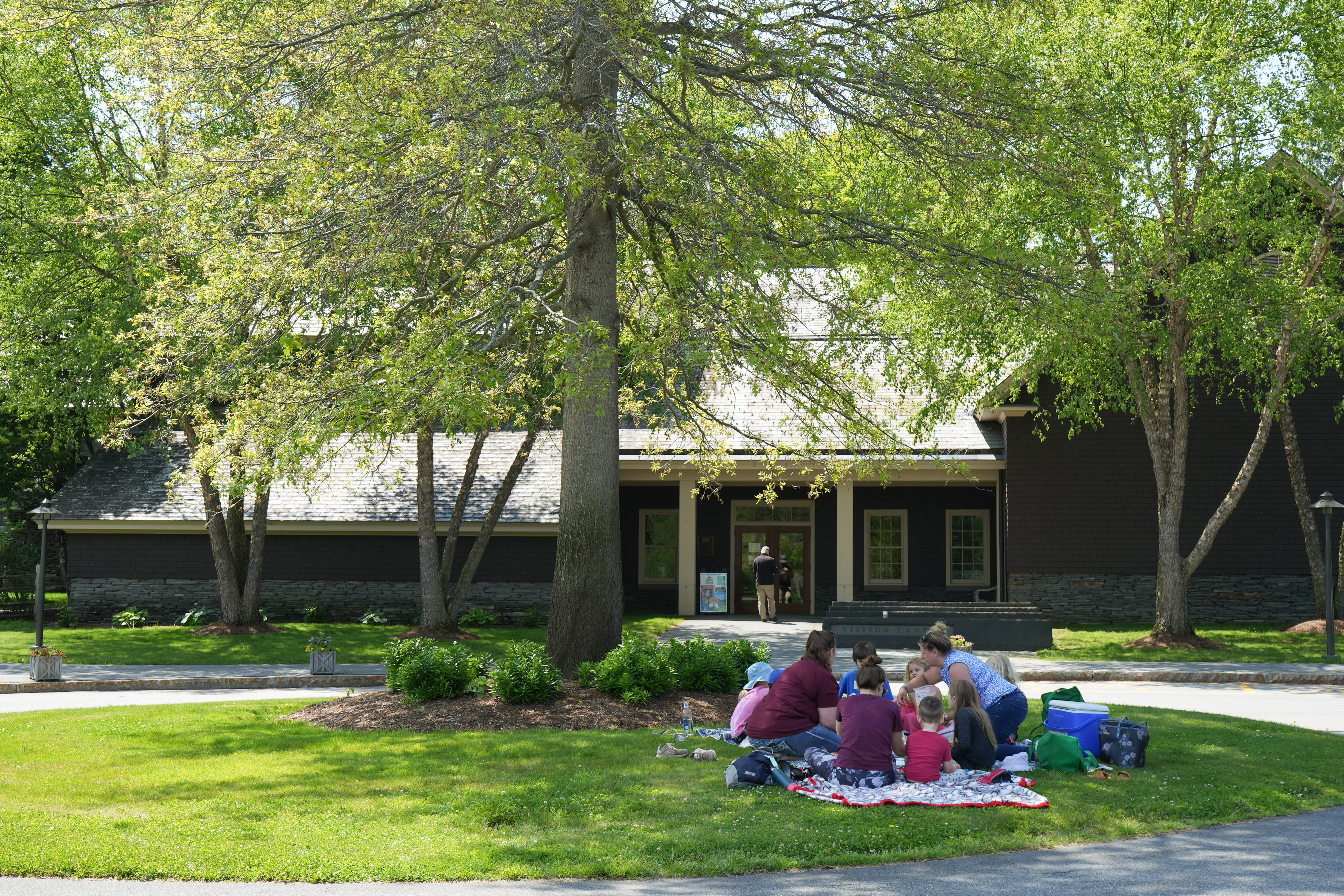
Carriage Barn Visitor CenterThe Carriage Barn was built on the foundation of an earlier stable in 1895 to house the Billings Family horses, carriages and sleighs. The building is currently used as the headquarters and visitor center for Marsh-Billings-Rockefeller National Historical Park. The building is open 10am-5pm, Memorial Day weekend until October 31. The building contains an exhibit on conservation stewardship, a bookstore, reading area, and restrooms. 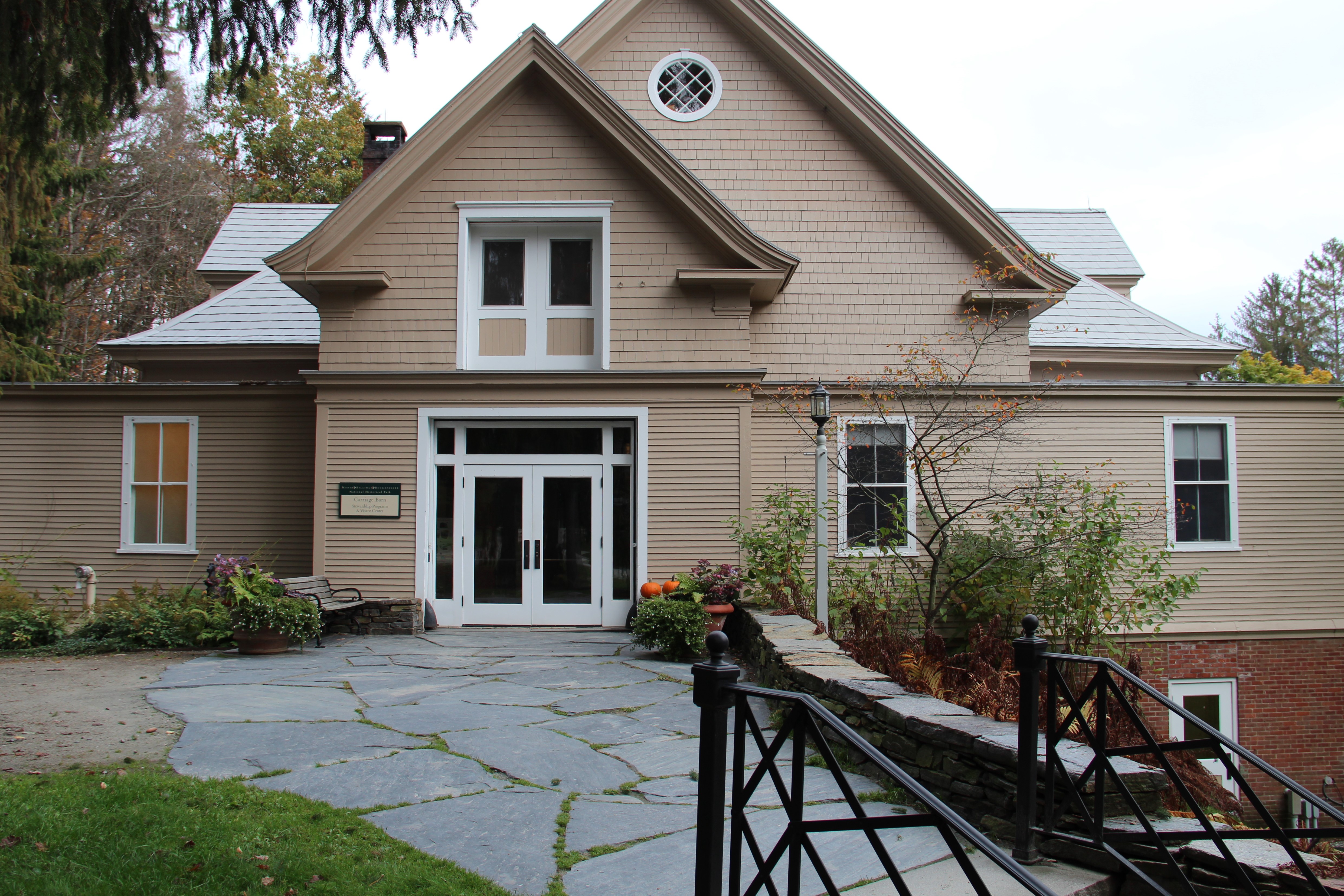
Champlain Valley National Heritage PartnershipThe Champlain Valley National Heritage Partnership includes the interconnected waterways of Lake Champlain, Lake George, the Champlain Canal and portions of the Upper Hudson River in Vermont and New York. The region is the ancestral homeland of Algonquin and Iroquois peoples and, over the past 400 years, has played a vital role in the history of the United States and Canada. 
Faulkner Park TrailheadThe Faulkner Trail is a popular hike featuring gentle switchbacks that build up to an incredible panoramic view of Woodstock from the South Peak of Mount Tom. Most of the hike gradually gains elevation, leading to a scenic overlook with a bench. The last 100 yards to the summit is strenuous. At this section of the trail, a handrail assists walkers with the uneven footing up the steep terrain to the peak. Ensure firmness before use. Please do not cut switchbacks. 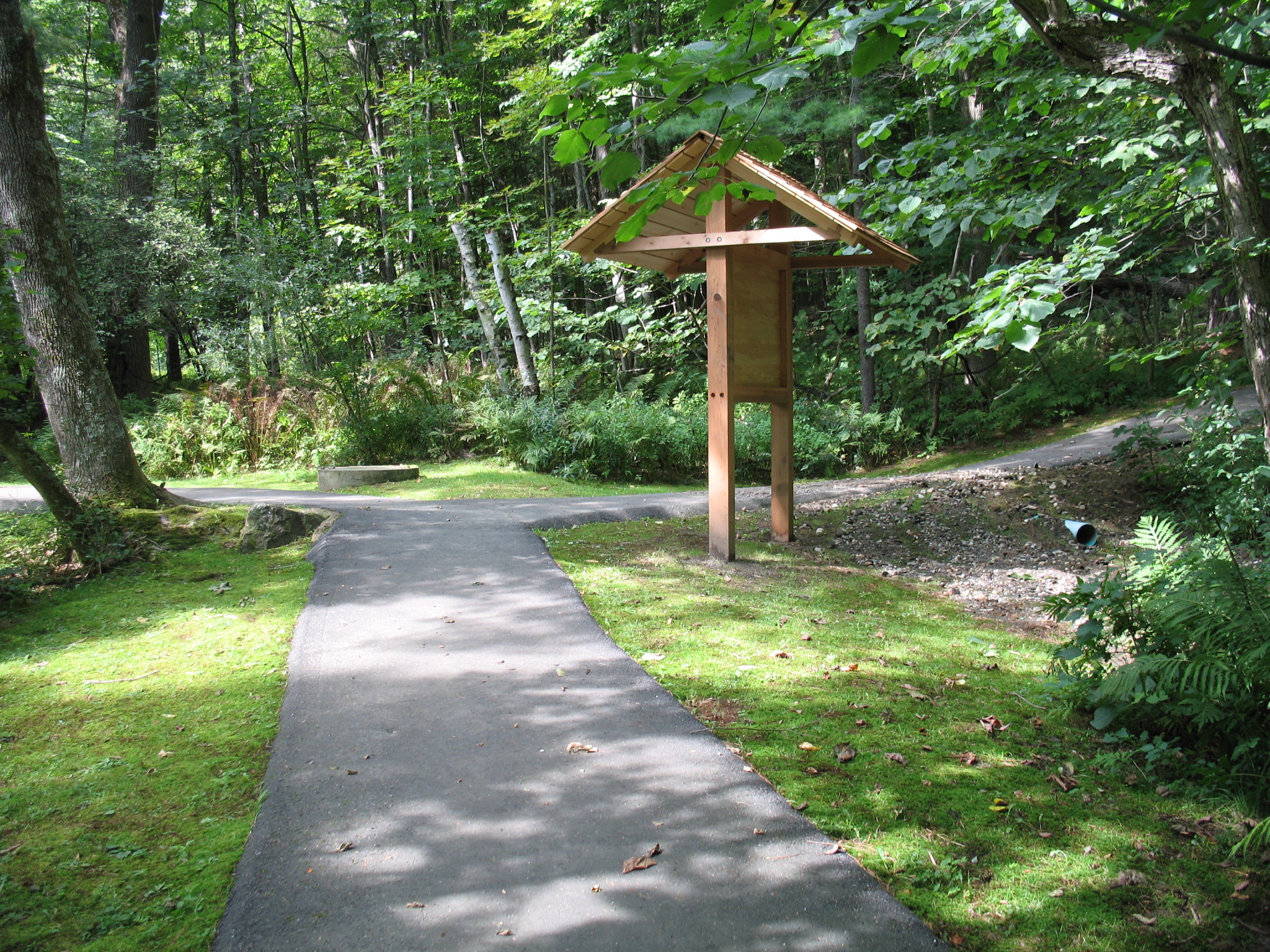
Forest CenterThe Forest Center is a classroom and meeting space at Marsh-Billings-Rockefelelr National Historical Park. It is the first building in the National Park system constructed entirely with Forest Stewardship Council (FSC) certified wood. A partnership project of the National Park Service and The Woodstock Foundation, the Forest Center has been awarded Platinum Leadership in Energy and Environmental Design (LEED) certification by the U.S. Green Building Council. 
Gardens at Marsh-Billings-Rockefeller NHPToday, the gardens at Marsh-Billings-Rockefeller National Historical Park include an azalea and rhododendron garden, rock garden, cutting garden, a hemlock hedgerow, a dense stand of Norway spruce, and many other plantings, all expressing the many-layered design and development of the gardens and grounds through four generations of dedicated stewardship. 
Horse Shed at Marsh-Billings-Rockefeller National Historical ParkThe Horse Shed, designed by Theodor Muller and built in 1961, was originally constructed to house Mary Rockefeller's horses. This rehabilitated Rockefeller Horse Shed was designed by SAS Architects of Burlington, VT. The building is off the grid with a vertically integrated 230 watt solar photovoltaic system. The Horse Shed now acts as an Artist-in-Residence studio for Marsh-Billings-Rockefeller National Historical Park. 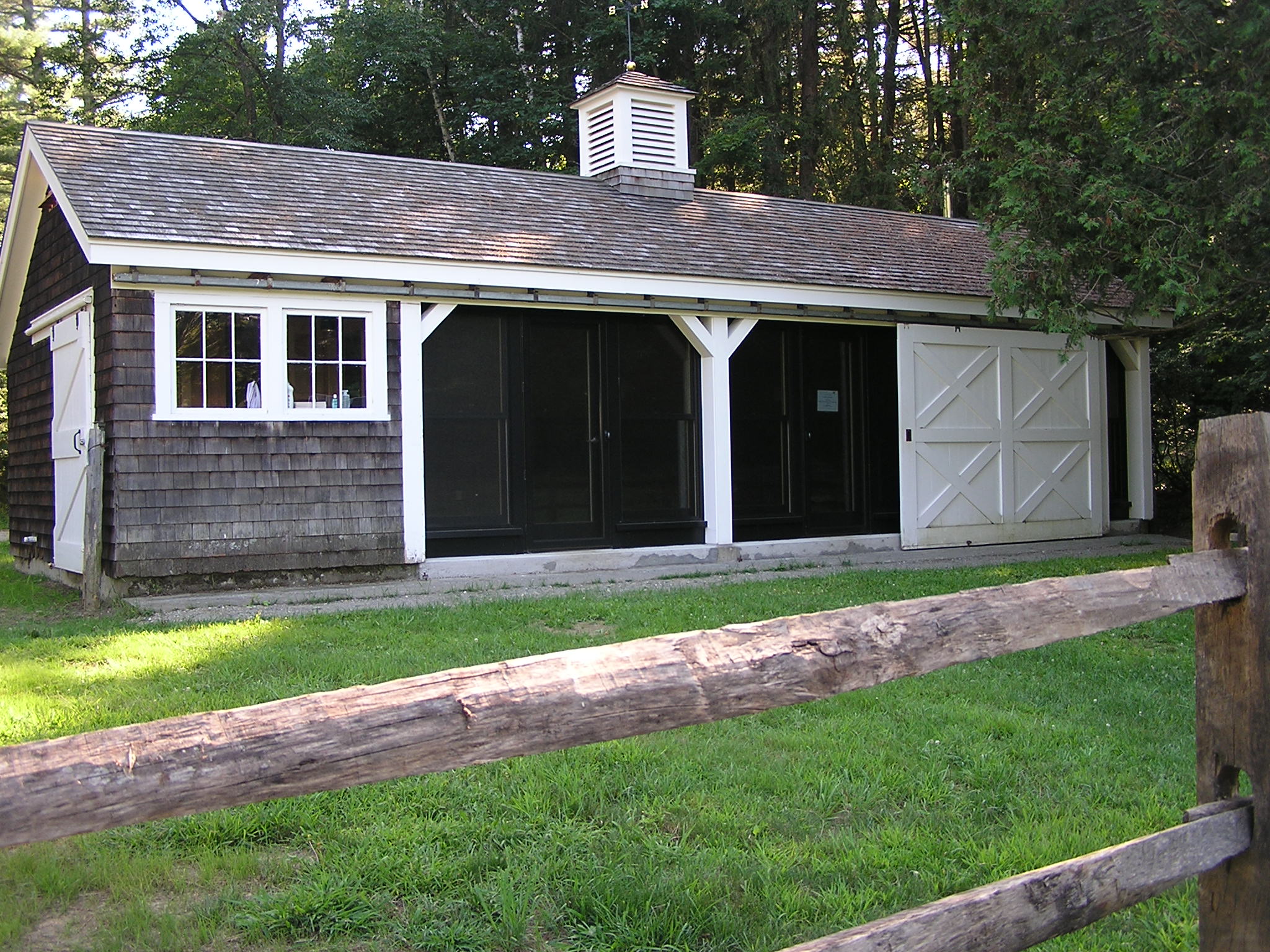
Marsh-Billings-Rockefeller MansionOriginally built in 1805 by Charles Marsh Sr., father of George Perkins Marsh, the federal-style brick house was sold to Frederick Billings in 1869. Billings renovated the home into a Queen Anne style mansion. In 1954, Billings' granddaughter, Mary French Rockefeller, inherited the home and estate with her husband, Laurance Rockefeller. In 1992, the couple donated the property to the National Park Service. Interior tours are available May-October. 
Pogue Brook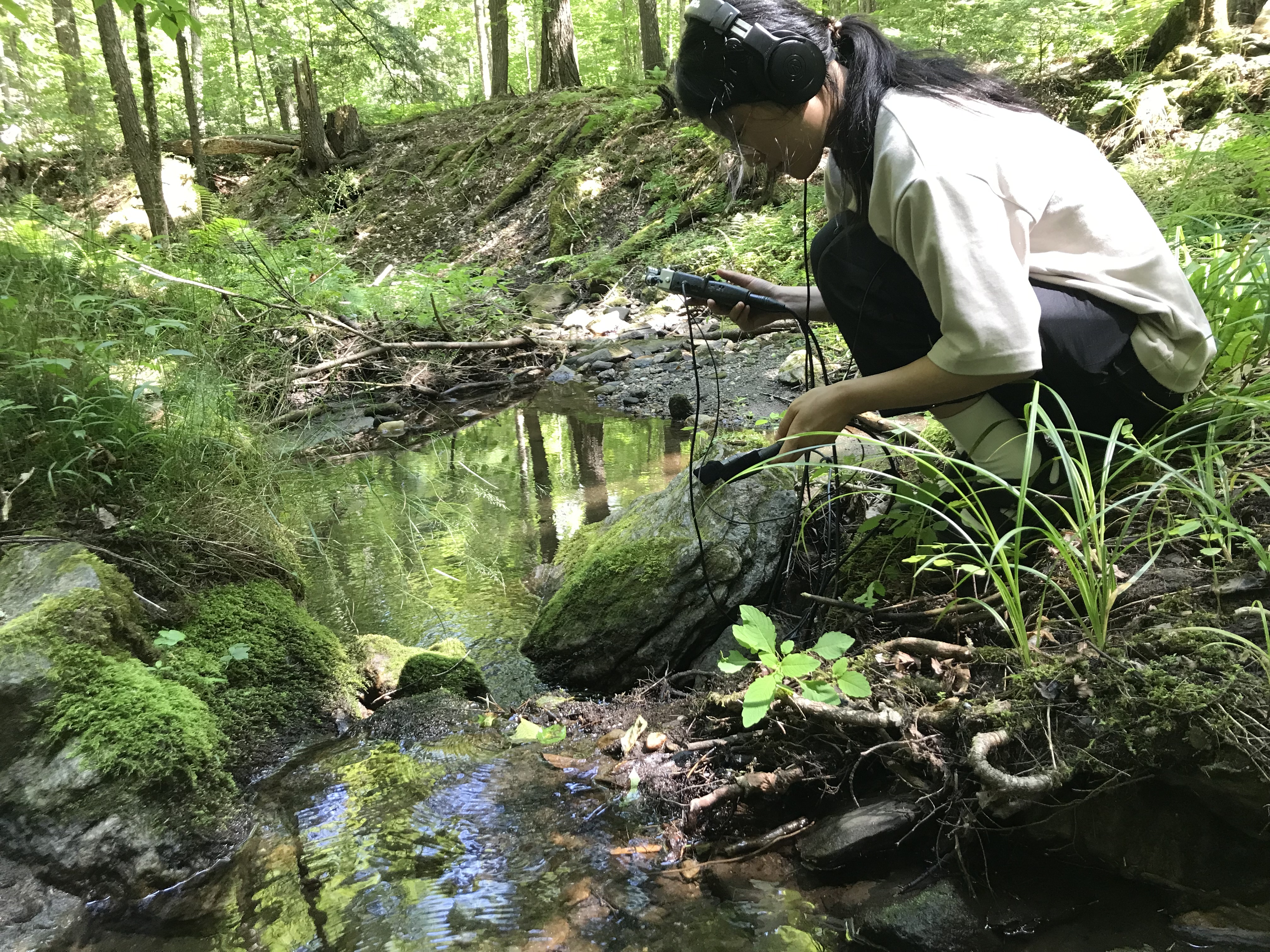
Pogue Brook Trailhead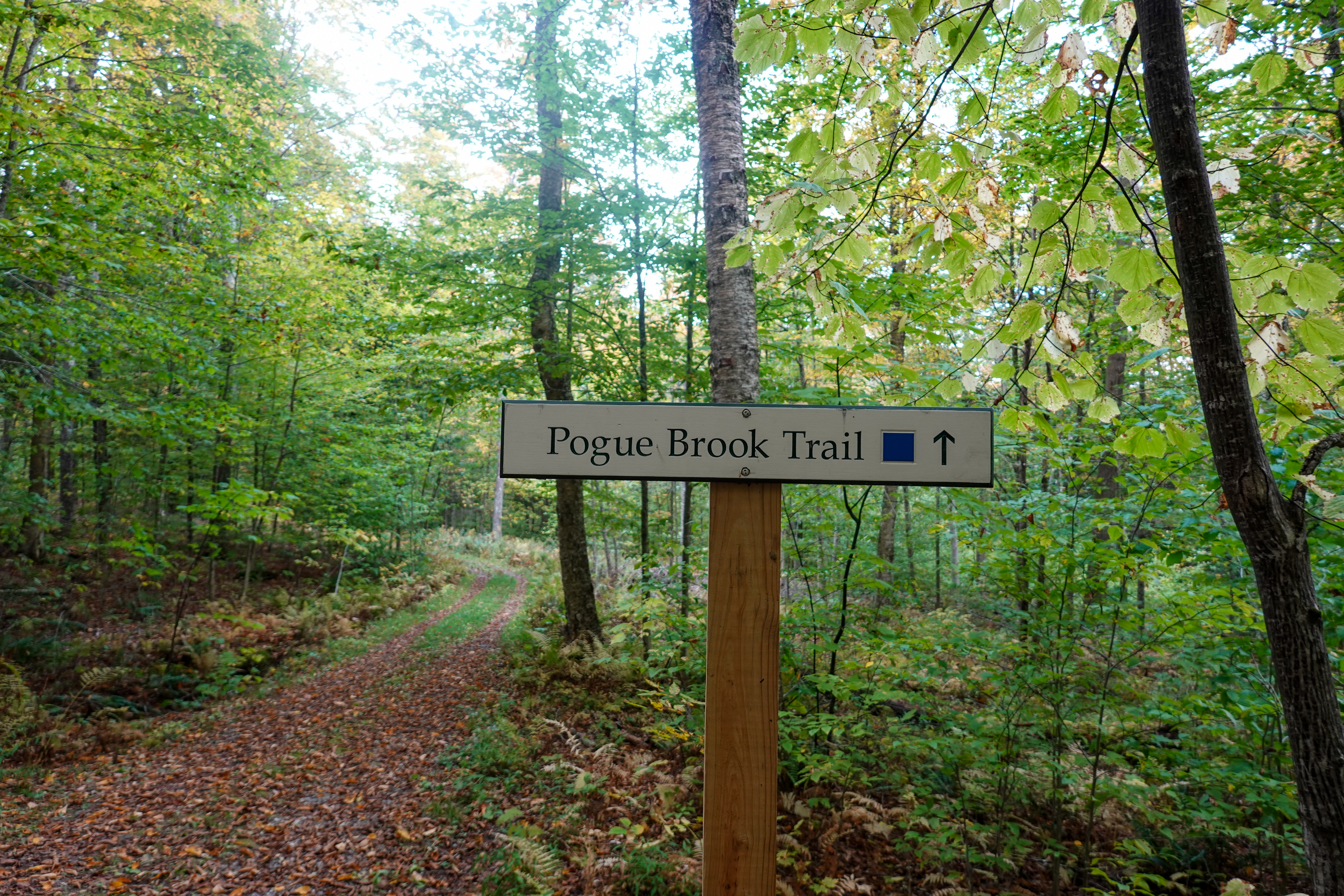
Prosper Road Trailhead at Marsh-Billings-Rockefeller National Historical ParkThe Prosper Road trailhead begins in a small parking lot on Prosper Road, on the western side of Marsh-Billings-Rockefeller National Historical Park. 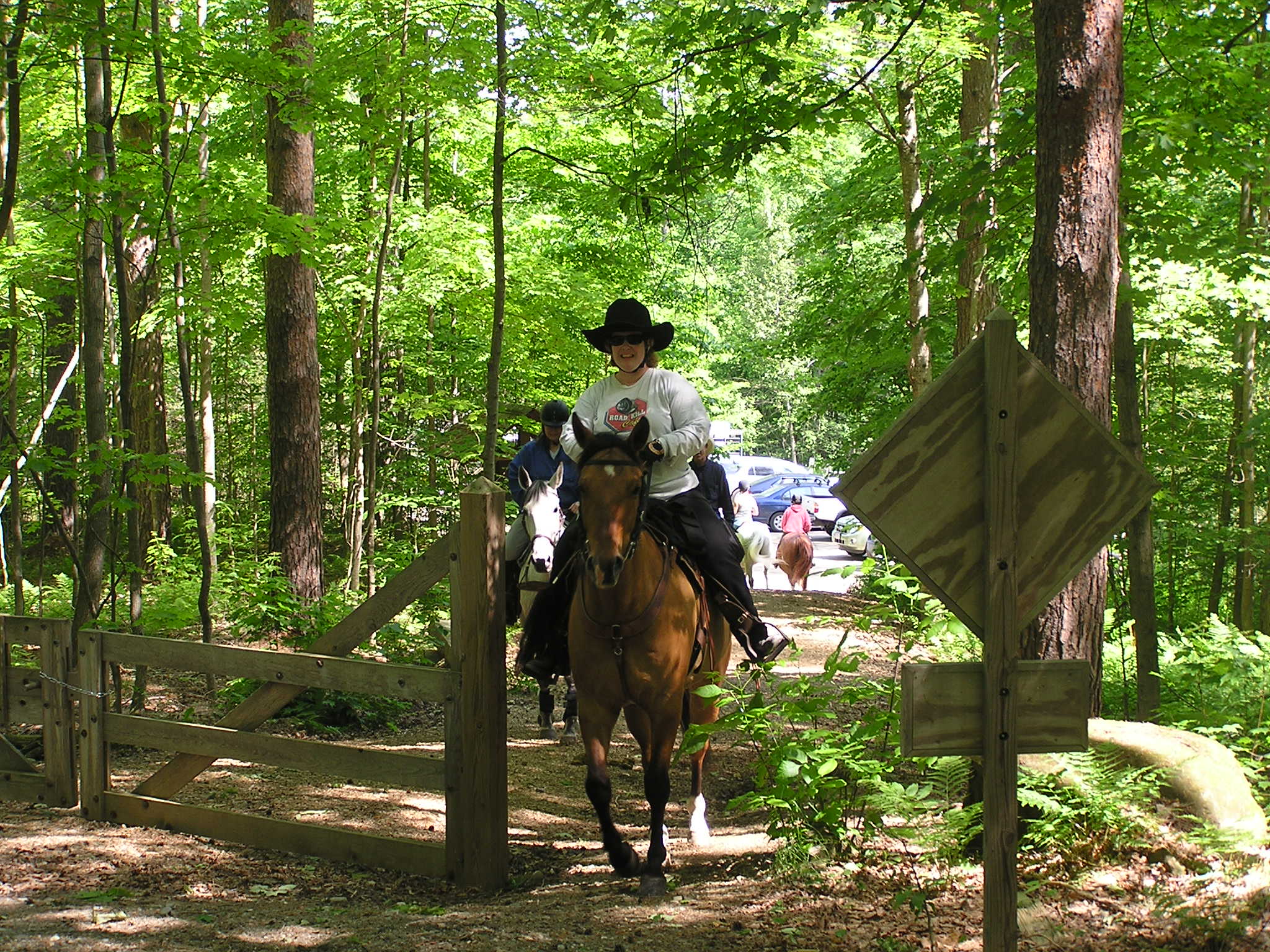
South Peak on Mount TomSouth Peak hosts a beautiful, panoramic view of the Village of Woodstock and beyond. South Peak is also home to the Woodstock town star, which is lit on winter nights and can be seen as far as Taftsville. 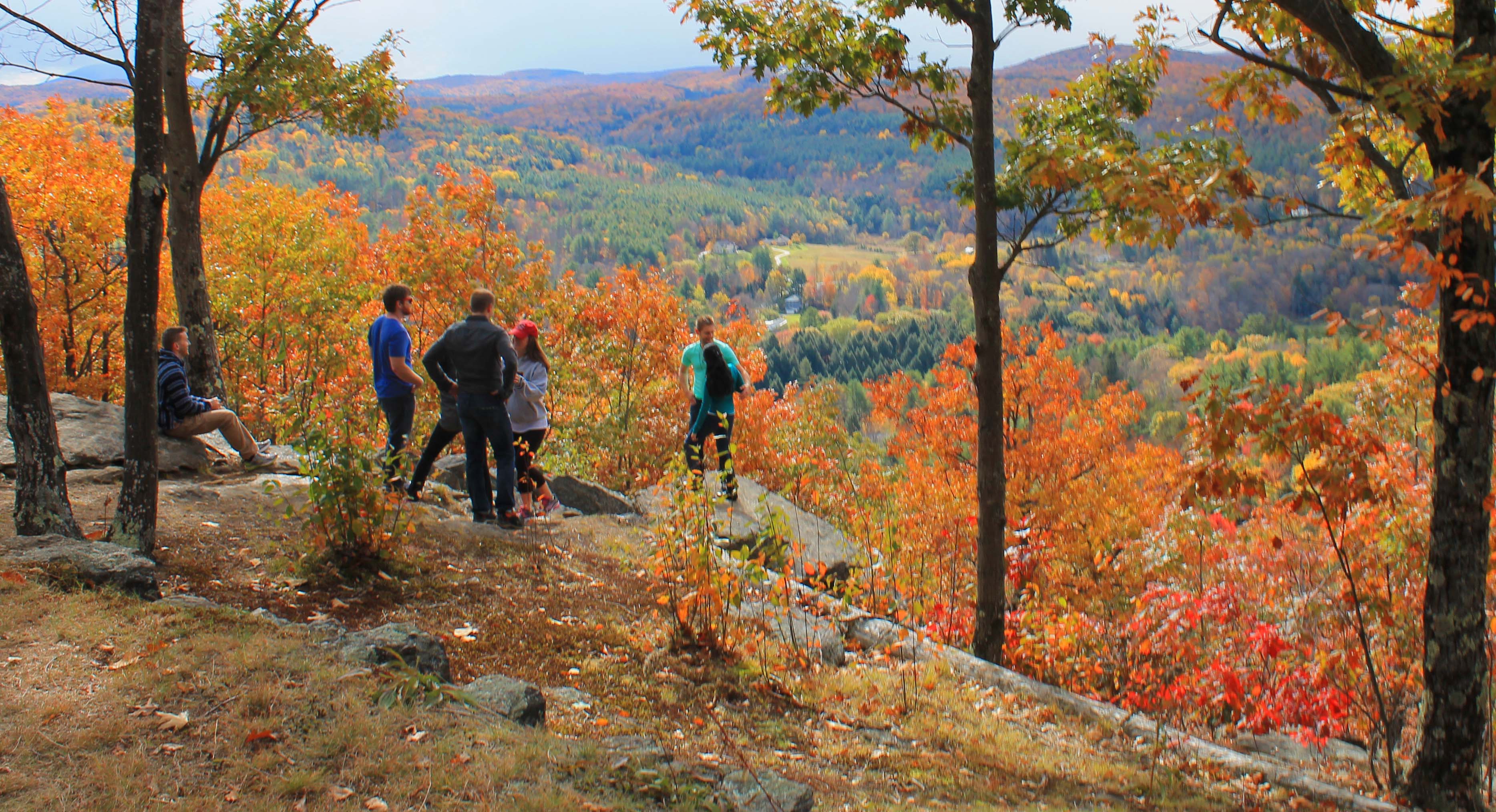
Spring Lot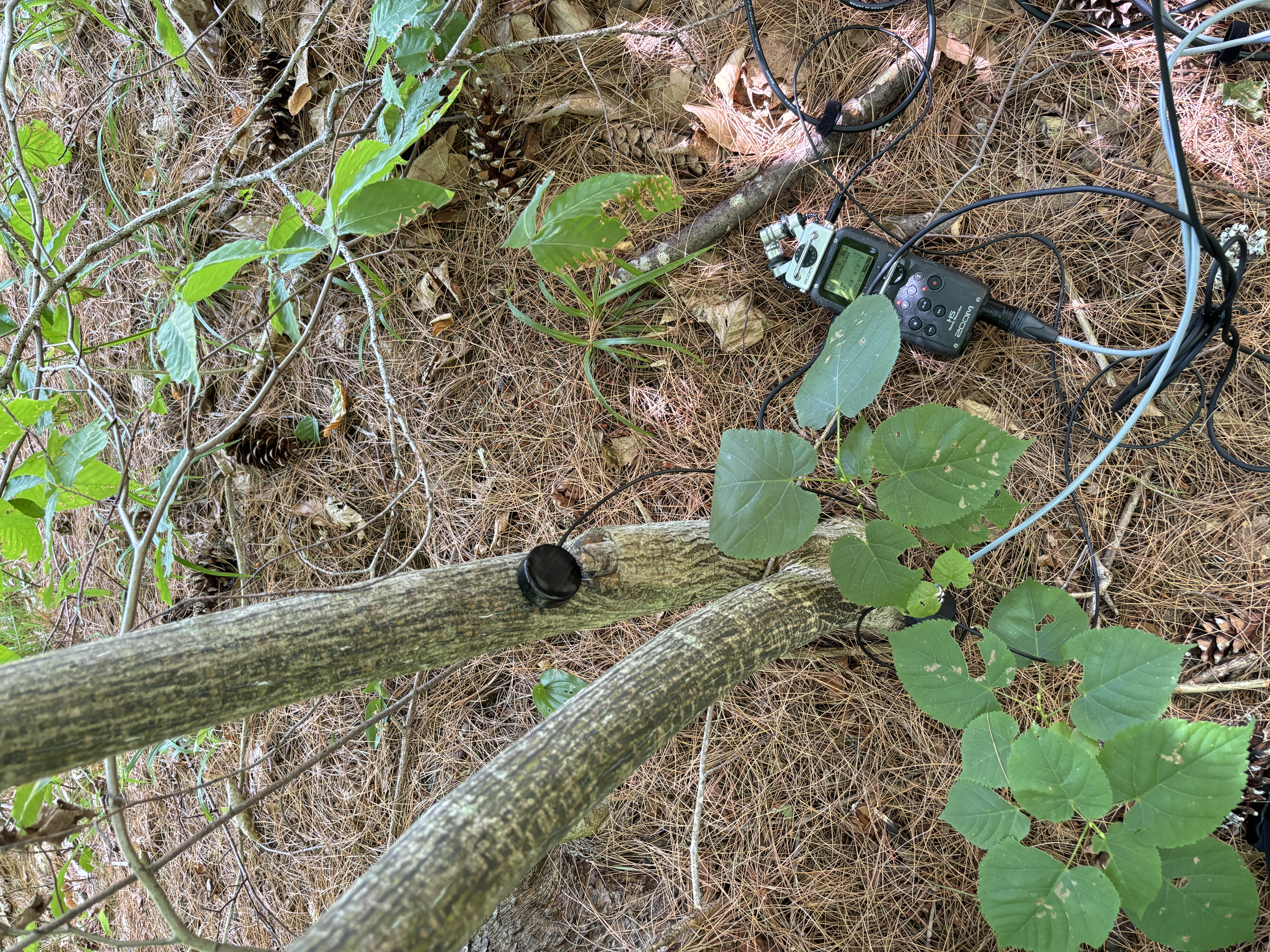
Spring Lot Bridge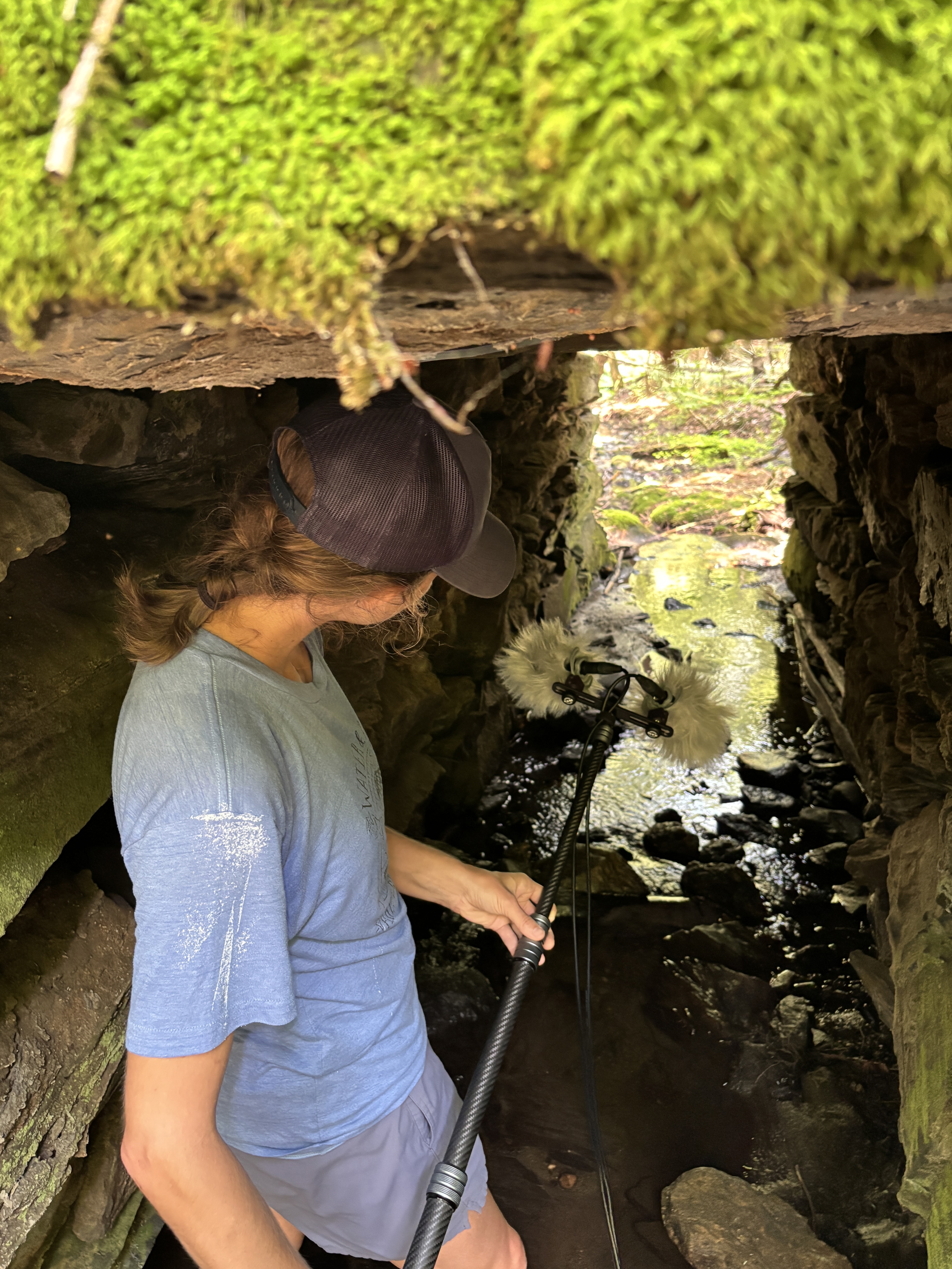
The BelvedereThe Belvedere Complex consists of the Belvedere, the Bowling Alley, the Garden Workshop, the Greenhouse, and the outdoor swimming pool. It was designed in the 1870s by architect Detlef Lienau for the Billings family. In the 1950s, the Rockefellers hired architect Theodor Muller to renovate the Belvedere's interior including the Bowling Alley and soda fountain. A fallout shelter was added in the 1960s. Interior tours are available May-October. 
The Bungalow at Marsh-Billings-Rockefeller National Historical ParkThe Bungalow, located on the hill adjacent to the Mansion, is a Craftsman-style building constructed in 1916-17. It was designed as a secluded retreat by Harold Van Buren Magonigle for Mary Montague Billings French, daughter of Frederick Billings. The Bungalow remained unchanged until 1959 when the daughter of Mrs. French, Mary French Rockefeller, commissioned architect Theodor Muller of New York to renovate the building. The bungalow interior is closed to the public. 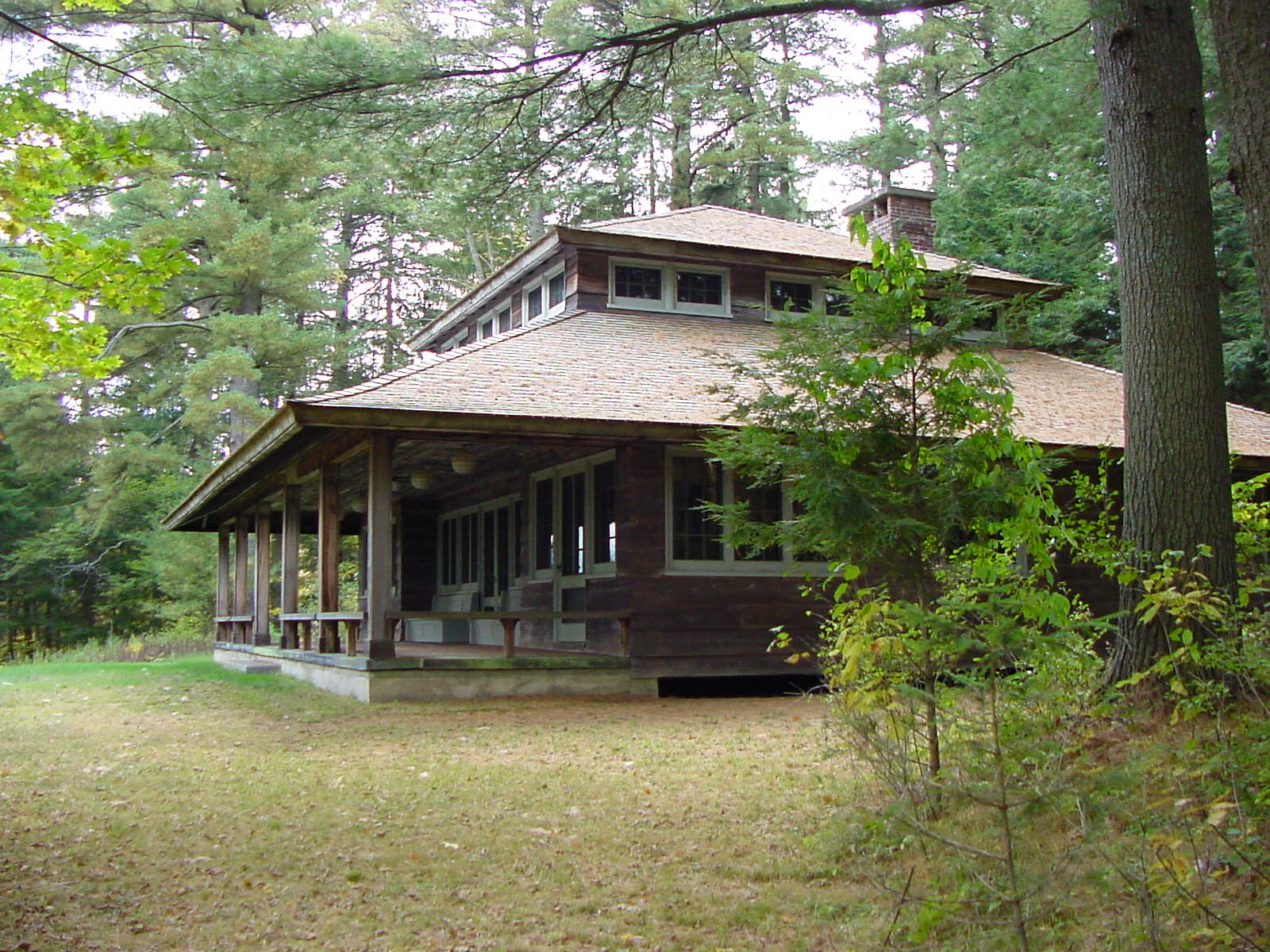
The PogueDuring George Perkins Marsh's time on this land, the Pogue was a spring-fed fen. Frederick Billings dredged and dammed it in the 1880s to provide water for his estate. The Pogue provides a diversity of habitats for wildlife, including fish, turtles, frogs, ducks, herons. 
Woodbarn at Marsh-Billings-Rockefeller National Historical ParkThe Woodbarn was built between 1875-1876 to accommodate Frederick Billings' forestry operations. Timber products were processed in the adjoining yard then stored in the Woodbarn. It was restored by the National Park Service in 2008 and adapted for storage of the park's historic carriage collection. The Woodbarn features an exhibit called, The Mount Tom Forest: A Legacy of Stewardship. The interior is open to the public 10am-4pm between Memorial Day weekend-October. 
|
| Visitor Centers | Count: 2
Billings Farm & Museum Visitor Center
Carriage Barn Visitor Center
|
| Things to do | Count: 5

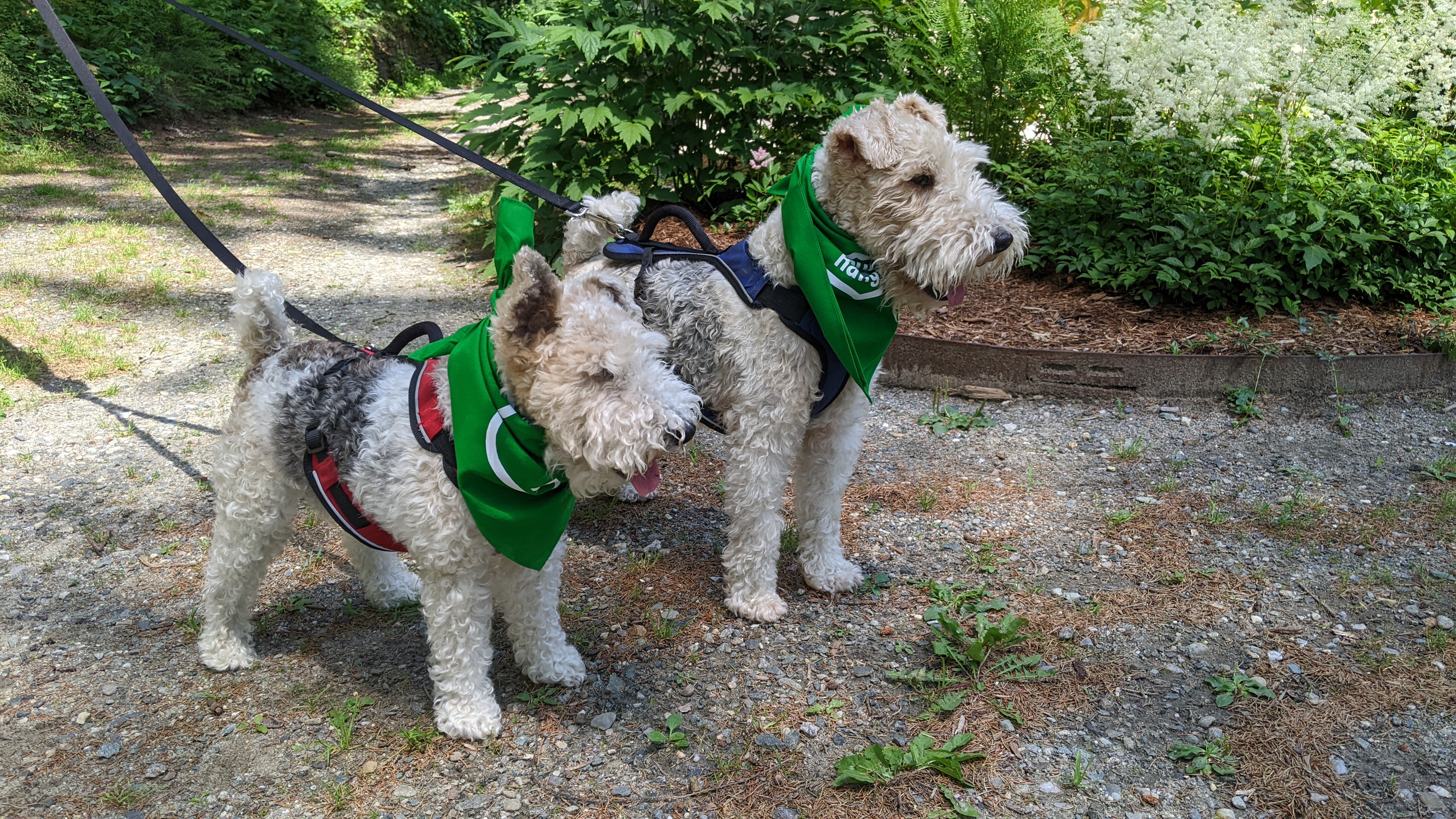

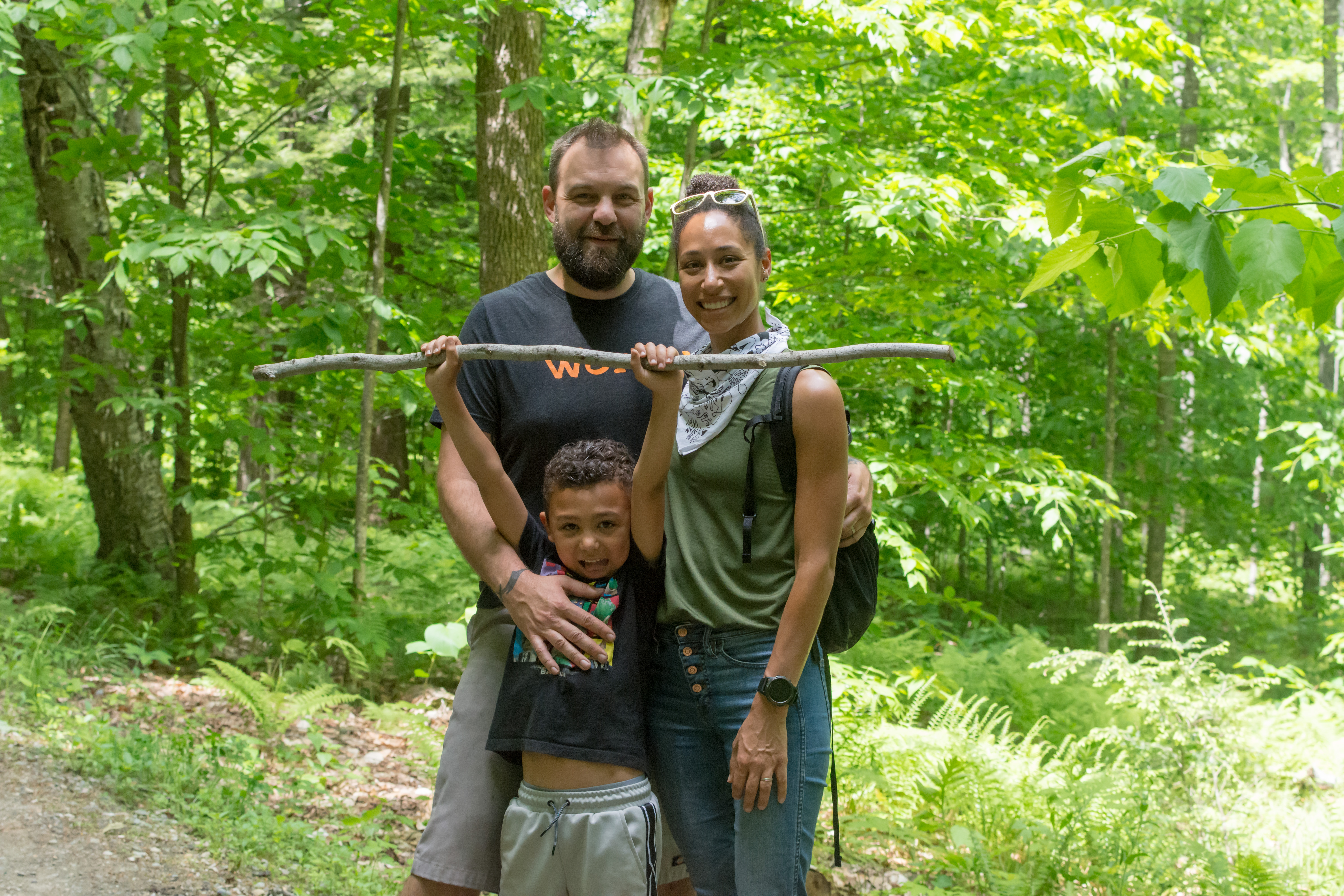

|
| Tours |
Count: 4
Ecotone Trail: Where Habitat + Music IntersectThis tour features three original sound compositions and various listening practices. Created by artists Ellen Smith Ahern and Menghan Wang, the trail explores transitional habitats, or ecotones, where distinct soundscapes shift into one another. The artists draw inspiration from these liminal spaces, encouraging visitors to engage their senses and notice changes around them. Through field recordings of environmental sounds, the trail invites reflection on our relationship with “ecologies in tension". Faulkner Trail (Starting at Faulkner Park)The Faulkner Trail is a popular hike featuring gentle switchbacks that build up to an incredible panoramic view of Woodstock from the South Peak of Mount Tom. Most of the hike gradually gains elevation, leading to a scenic overlook with a bench. The last 100 yards to the summit is strenuous. At this section of the trail, a handrail assists walkers with the uneven footing up the steep terrain to the peak. Ensure firmness of handrails before use. Please remain on the trail, and don't cut the switchbacks. Junior Ranger Loop (Starting from the park entrance)The Junior Ranger Loop is a 1.25 mile hike that can be enjoyed by nature-lovers of all ages! If you wish to complete the Junior Ranger program, pick up a copy of the Junior Ranger Booklet at the Carriage Barn Visitor Center during open hours or download a copy on our website. During the open visitor season (late May to October 31), wooden Junior Ranger Loop signs will guide your way. Pogue and South Peak Loop (starting from the Billings Farm & Museum)One of the park's most popular hikes, this 4 mile round trip journey passes through the Billings' historic tree plantations. It crosses from the National Park into Billings Park, a Woodstock municipal park. In the winter months, this hike serves as the park's "multi-use trail", meaning it is free to hike year round and does not require a Woodstock Inn Nordic Center ski pass. |
| Articles |
|